Care Orchestra Spiritual Blue Evo and Celestial Deep Breath Evo
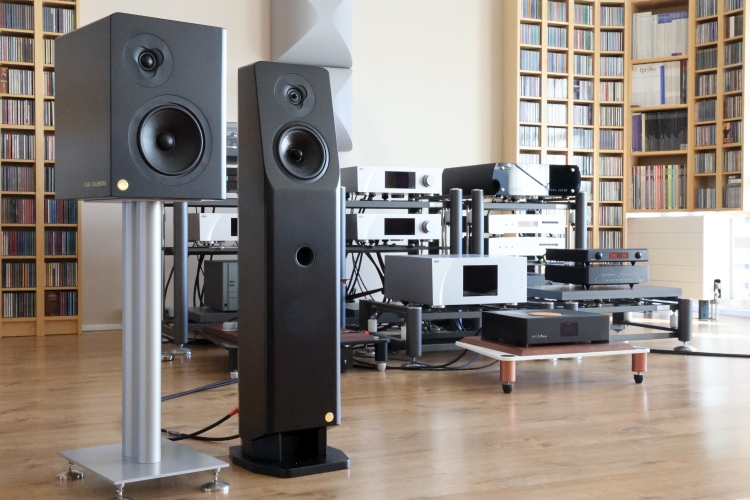
In an effort to maximize the transparency, I changed from the Ayon Spirit III Class-A integrated tube amp for the NuPrime AMG-STA hybrid ClassA/D power amp directly driven by the Ayon CD10’s digitally-volume-controlled output.
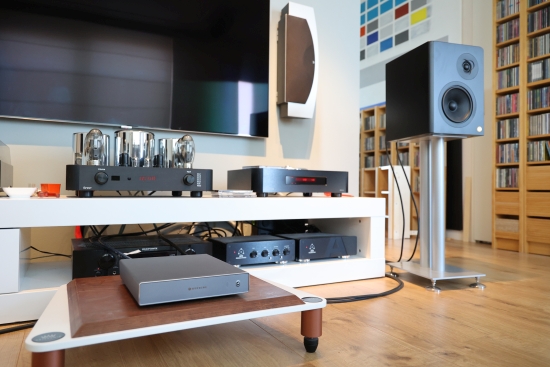
I retained the Siltech Paris RCA interlinks but I also added the highly revealing FoilFlex speaker cables in place of the entry-level Van Den Hul Skyline Hybrids. The latter may be almost inexcusably affordable, but honestly, I have not yet been able to improve on them in a significant manner without spending a very large sum of money. Sure, they are not perfect and they can easily be improved upon in various audiophile aspects, but musically and emotionally speaking, they simply work utterly synergistically while doing very little wrong. And in this system, that is what counts most for me.
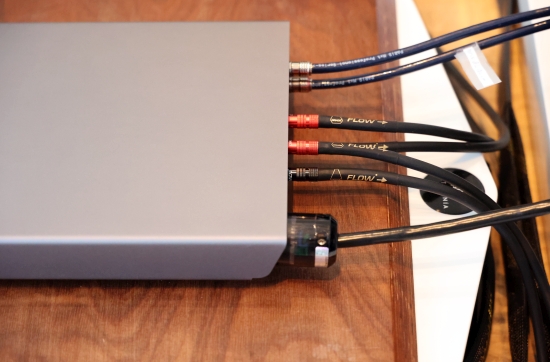
The change in amplifier and speaker cables proved interesting as it further highlighted the speakers’ neutral and even-handed behavior. The little NuPrime amp has all the control to drive even difficult speakers such as Martin Logans, Apogees, and Magicos well, but with the Care Orchestra monitors, it is arguably a little too controlled. While my brain confirmed a modest increase in resolution and refinement, my foot was no longer tapping and I realized that the sound had lost much of its life and gusto. Changing the FoilFlex for the Driade Flow 405 speaker cables brought back a large part of the Ayon amp’s charm and made the foot tap again, even if I had to admit that the Ayon amp was not only more magical but also even more rhythmic and impactful.
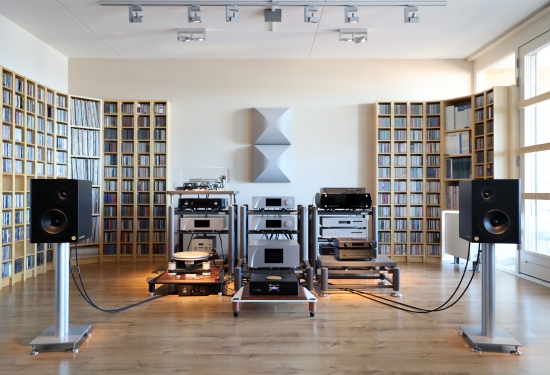
Moving on to the main system
I started in the secondary system because the main system’s components are in a completely different price class and it doesn’t help the readers much if I am referencing equipment that is not likely to be combined with the product under review.
That said, I was curious to find out how far I could push the Celestial Deep Breath Evos. So, having moved the Magico S1 mkII’s out of the way and having moved the Care Orchestra monitors in the same positions, listening resumed.
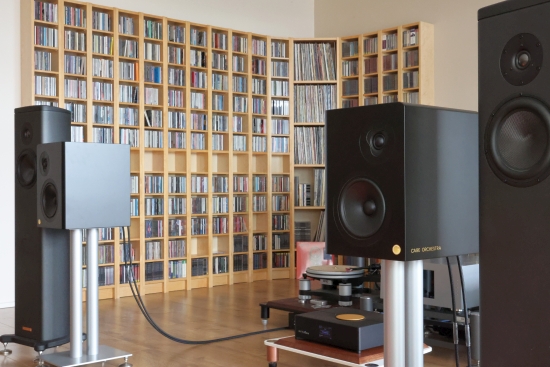
Oh yes, that worked well, very well indeed! Even in exalted company, the relatively modest Celestial Deep Breath Evos were not embarrassed. Not at all! In fact, the bass was now allowed to blossom and the soundstage was even larger than before, even bettering the Magicos in terms of depth and 3D.
I mentioned Sonus Faber but what the speakers reminded me of even more strongly are the Franco Serblin Accordos. Tonality and timbre, dynamics, communication, spatiality, in all these aspects, I was reminded of those sleek design statements. All aspects, mind you, except bass. The Accordo’s may have a prettier exterior but they are tiny and no match for the positively grown-up bass that the Celestial Deep Breath Evos are capable of producing. I kid you not: the bass may not be of the same superlative quality but it is every bit as robust and dynamic and goes almost as deeply.
As with the change from the Ayon to the NuPrime amp, the change to the CH Precision A1.5 did not elicit ground-breaking levels of resolution or refinement from the speakers. But, just like in the secondary system, the soundstaging was fantastic and the level of involvement was off the charts. Friends who visited commented on the same thing: these speakers just sound right!
By the way, all the listening so far was done with the tweeters placed on the outsides. I also tested placement with the speakers on the insides but with an unchanged overall speaker position, this sounded less spacious and less crisply focused. No doubt this could be adjusted by moving the speakers a little further apart but that would also change their bass behavior. Given that it was spot on, I did not want to change this.
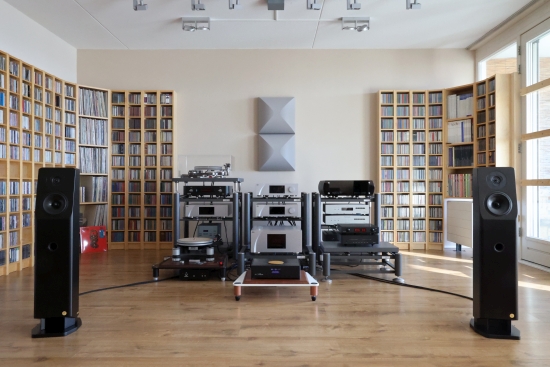
Listening – Spiritual Blue Evo
Since the Spiritual Blue Evos are positioned in a slightly higher price category than the Celestial Deep Breath Evo, and because I was already listening in the main system anyway, I substituted the monitors for the Spiritual Blue Evo floorstanders. With this change, I was expecting to hear deeper bass and a higher level of refinement, and a family resemblance.
Lower bass was certainly on the menu but what was more striking was that the speaker sounded duller and less lively and expressive. Of course, the speakers’ 88dB sensitivity (versus the monitors’ 91dB) meant that the preamp needed to be set 3dB higher but I had already accounted for that. But even when playing at the same loudness, the Spiritual Blue Evos seemed to have a very different character than the monitors. First, while the bass was indeed deeper, it was also less punchy and a little restrained. Second, the midrange was significantly warmer, and finally, the treble was darker, and seemingly rolled off. On a more positive note, what I also heard was a higher level of refinement but along with the deeper bass, these were the only redeeming qualities. All factors combined led to a sound that while always sweet and pleasant and remarkably forgiving of mediocre recordings, felt filtered and hesitant.
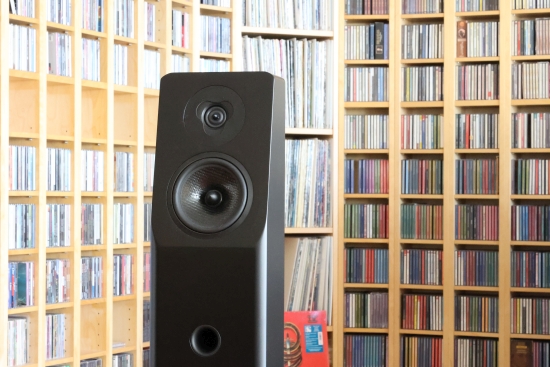
In spite of their pretty looks, higher-spec tweeter, and clever engineering, the Spiritual Blue Evos were not even hinting at the relatively simple monitors’ sheer enthusiasm. I think that part of this can be explained when comparing the two speakers’ specifications. The Celestial Deep Breath Evo monitors employ a 91dB high-output woofer and 92dB high-output tweeter, both made by Scan-Speak. Given that their sensitivity is very similar, the two drivers are well-balanced by nature and in need of very little attenuation, if any. Driver sensitivity for the Spiritual Blue Evo is not specified but given that the speakers employ drivers from two different brands (Scan-Speak and Seas), and considering the lower overall sensitivity, I would venture a guess that the tweeter needed to be attenuated. Further, I wonder if the higher 2900 Hz crossover point has something to do with the feeling that the midrange was not quite as communicative as with the monitors that crossed over at 1900 Hz.
I tried readjusting the speaker positions but could not get them to play as well as I had hoped. Given that the main system already contains the most neutral, open, and articulate components, I was at a loss to improve the performance.
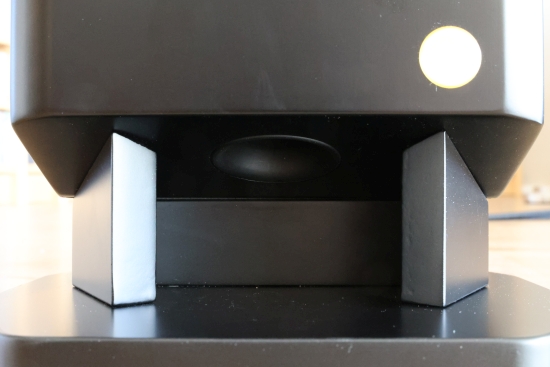
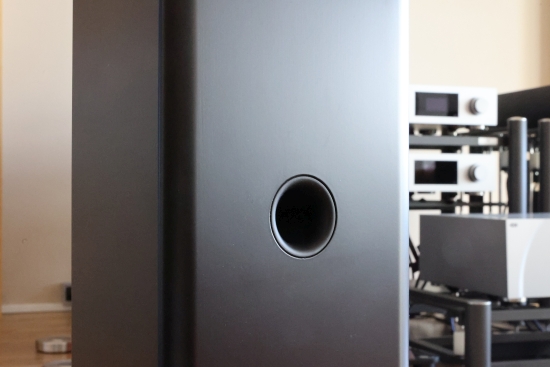
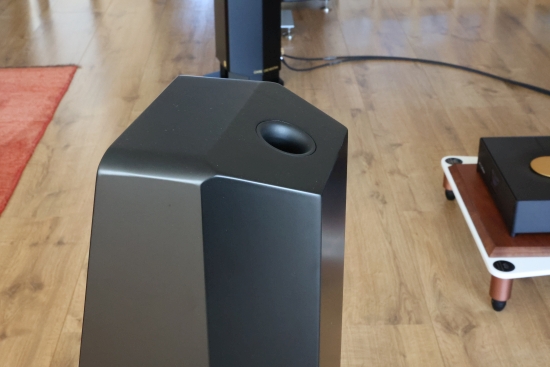
At this point, I should note that this room’s ideal speaker positions at 3 meters from their rear ends to the back wall are very nearly halfway into the room. Yet, the technical specifications for the Spiritual Blue Evo mention that these speakers have what the company calls Hemispherical Bass Reflex technology. There are 3 bass-reflex ports, one on top, one in the middle, and one on the bottom. This 3-port system is said to allow maximum performance even when placed close to walls or in environments with less than optimal acoustics. Could it be that this speaker actually needs nearby walls to sound its best?
Next: Back to the secondary system
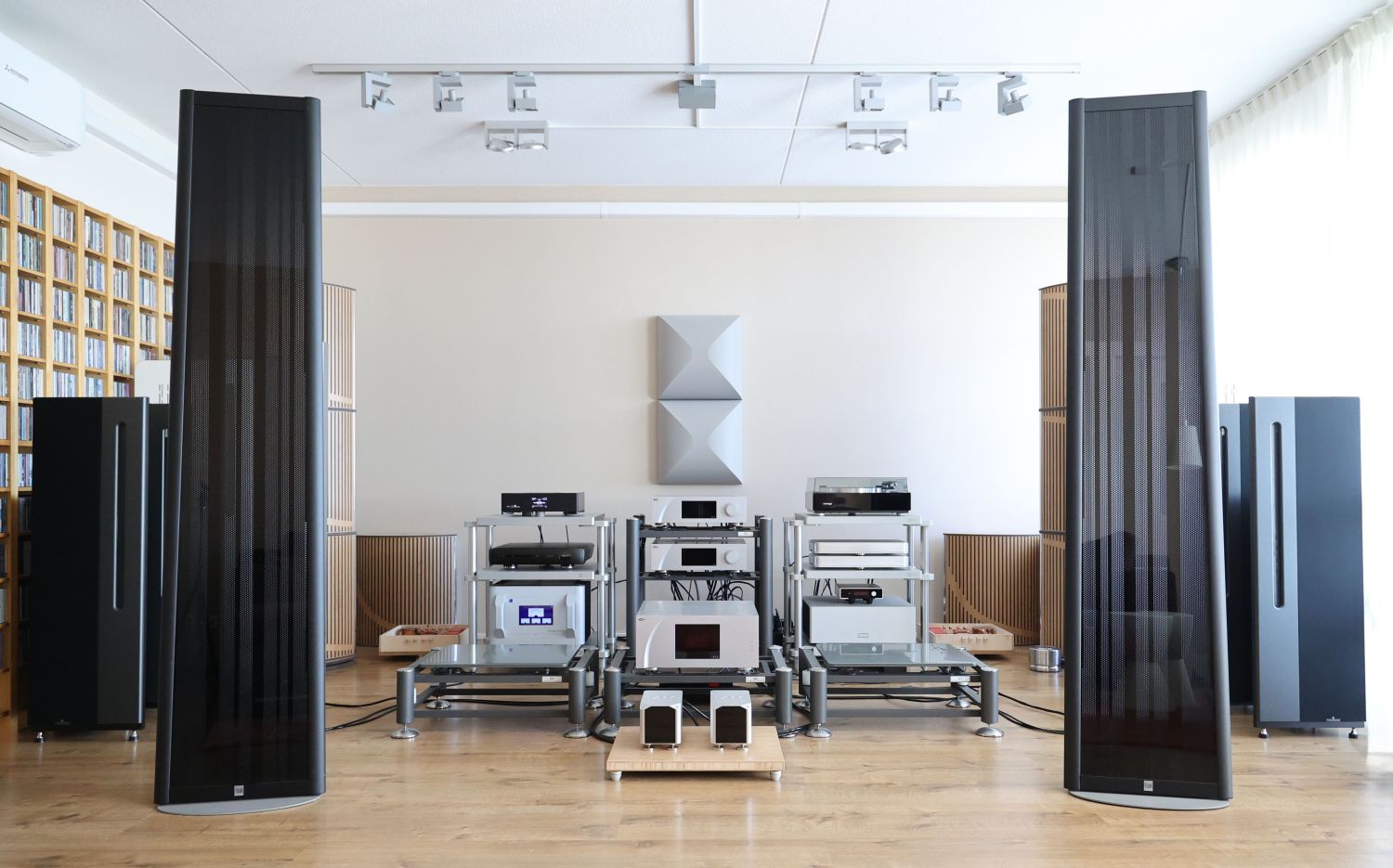
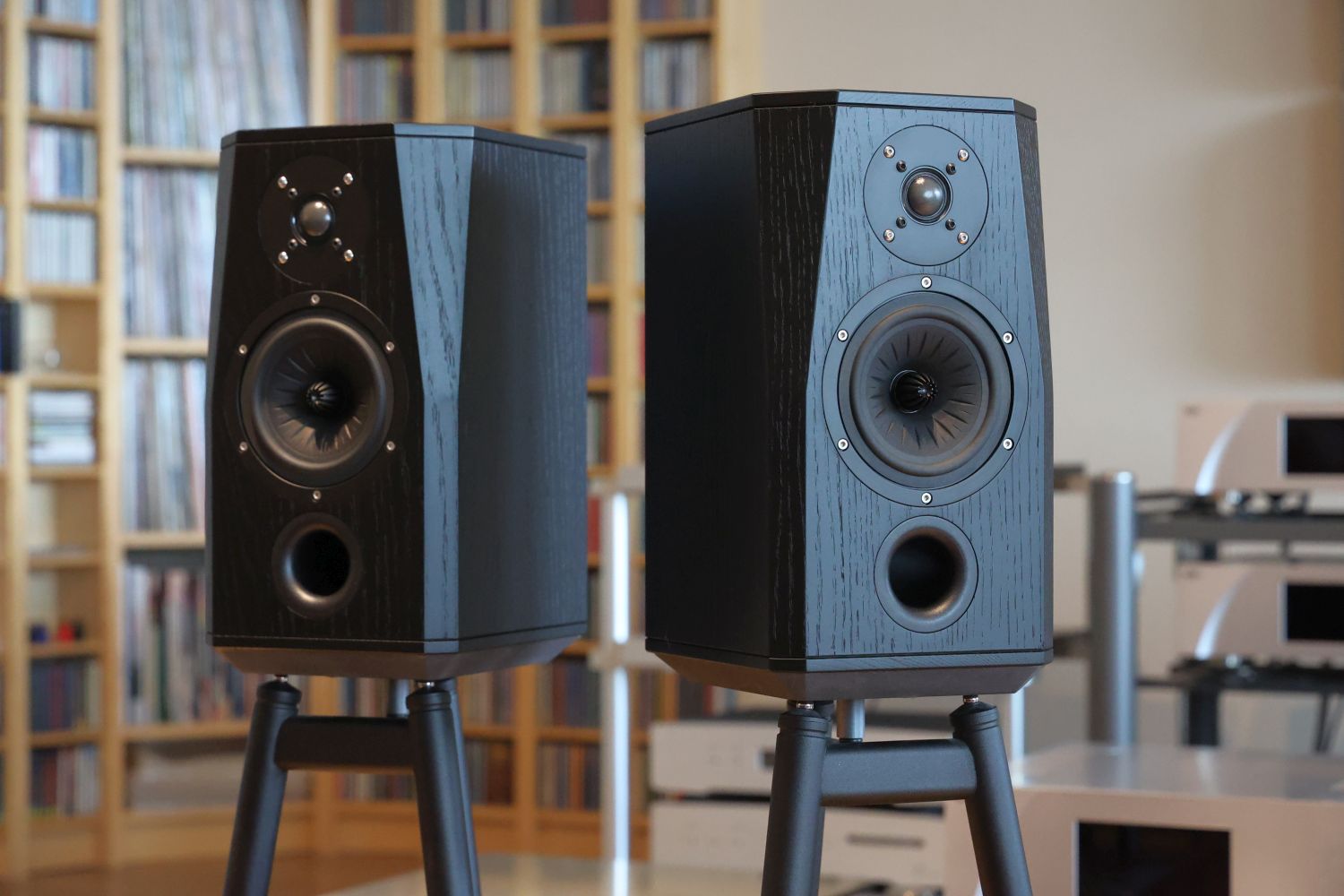
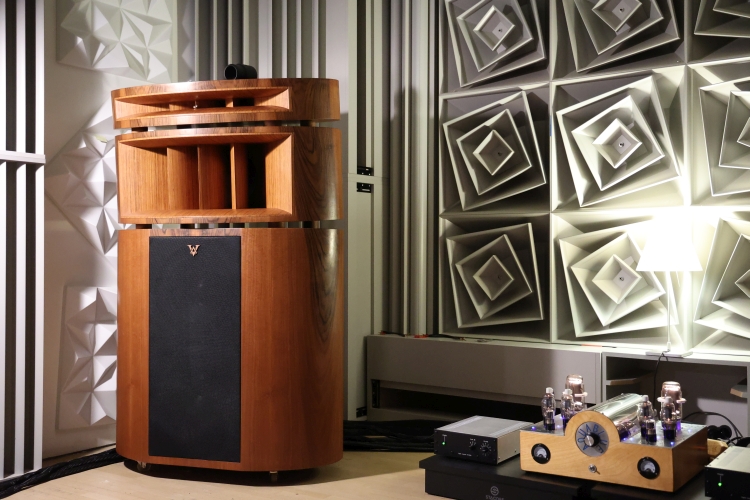
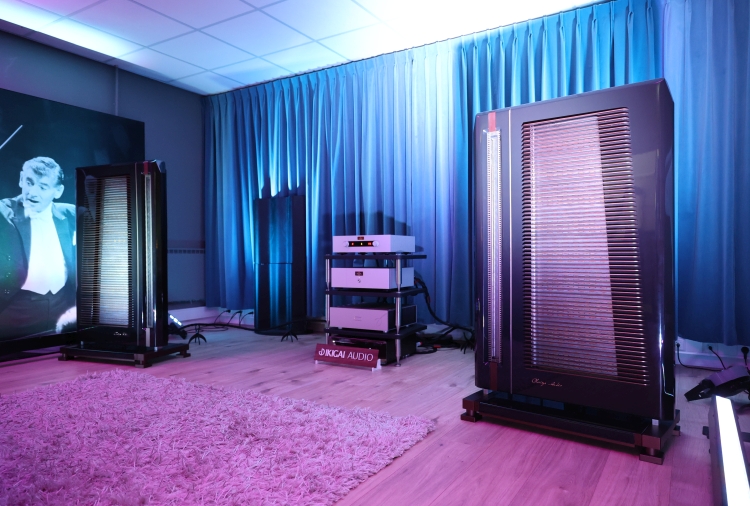
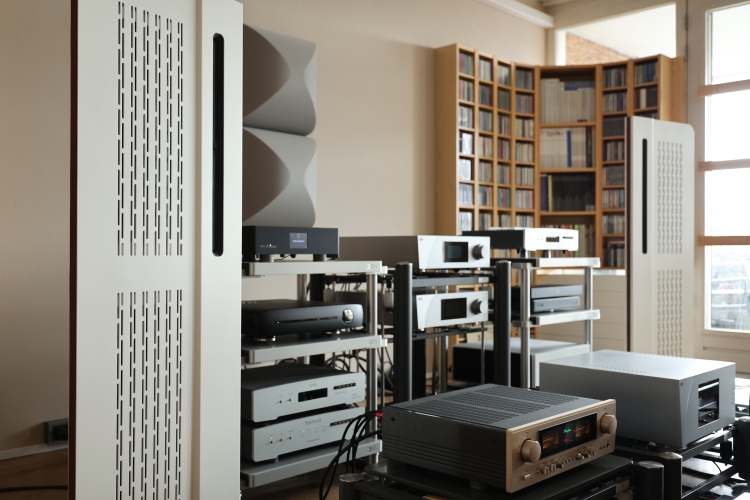
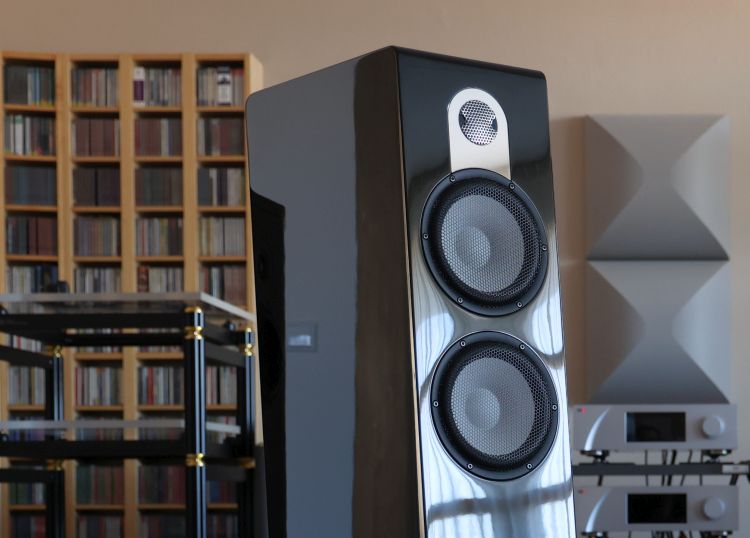
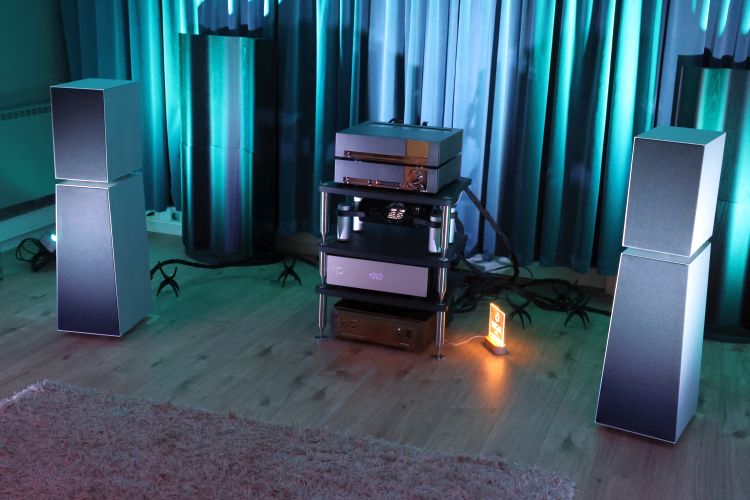
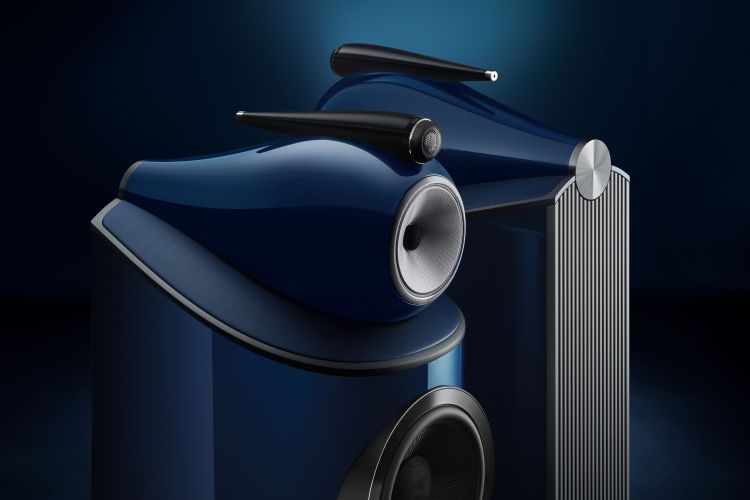
Hi Christian,
So have you considered changing your Perlas for these monitors at any point during or after the review?
Hi Gerco, the thought has certainly crossed my mind:-) If this room did not have such a big resonance in the deep bass, then I might have indeed opted for the Care Orchestra monitors.
Oh my, big words! 🙂
You see, I also have Perlas and to me they are wonderful little joy-oozing pleasure-machines. I would never ever trade in an iota of that engagement factor for higher resolution, bigger soundstage, etc. that sort of suff, but knowing of a speaker that adds transparency and keeps the engagement factor “off the charts” in the Perla’s price range is certainly exciting.
Btw, I drive my Perlas with EAR 834L + NuPrime ST-10 and for the NuPrime part, I’m truly grateful to you.
I understand, Gergo! That’s precisely what I like so much about the Perlas. The Care Orchestra monitors have a very similarly enthusiastic and propulsive character, just with deeper bass and a fuller tonality. Nice to hear that the ST-10 is working so well for you!